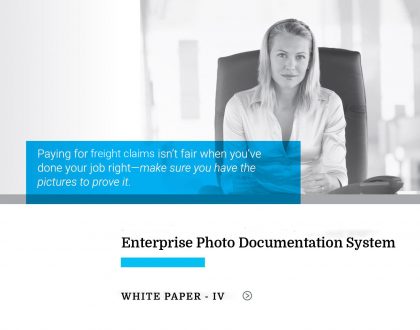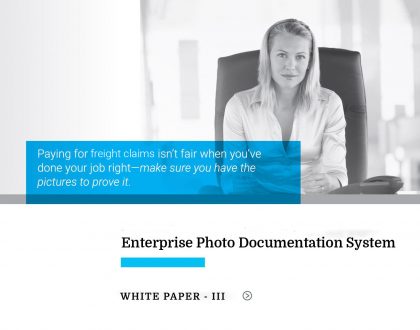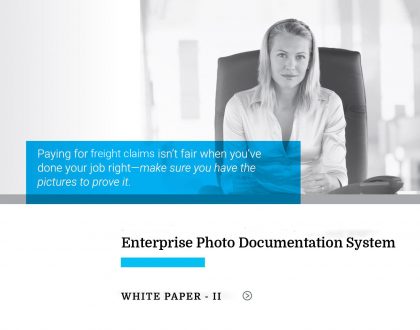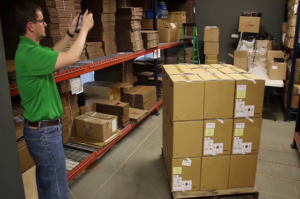SaaS in Cloud is much easier, faster and cost effective to implement and maintain than On-Premise Enterprise Applications

SAAS in Cloud is much easier, faster and cost effective to implement and maintain than On-Premise Enterprise Applications
This is an important decision that needs to be made, while deciding between SAAS and On-Premise option. Even though it seems like everyone is embracing SAAS, but still there are enterprises that are looking at this as a big step. Traditionally the large enterprises have always harbored their data within their IT infrastructure with all kinds of security that encompassed multiple layers of encryption, protection, masking etc., with multiple levels of approval processes and hierarchy-based authorizations etc. So, it is a big step to break away from that culture and getting into a SAAS approach. SAAS has several advantages over the traditional on-premise applications that are listed below.
- Helps make budgeting simpler.
- Easy to configure and use.
- No huge upfront costs.
- Predictable costs.
- Shortens the implementation time for projects
- Highly scalable, with cloud you pay only for what you use, you can even automatically upgrade to next plan when you exhaust resources in current plan.
- Although limited, customization is comparatively inexpensive.
- Upgrades are mostly included, not charged separately.
- SaaS can be deployed even without the involvement of the IT staff.
- Better integration with other systems.
- Automatic data backup.
- Enhanced data security, many providers use SSAE 16 (SAS 70) audit controls.
SaaS vs. On-premises Comparison [1]
Cost
The entry cost of both single and multitenant SaaS is fairly low compared to on-premises solutions. But the year-over-year cost of SaaS is high and businesses might end up spending more in the long run. SaaS pricing models are flexible, while upgrade costs are also pretty low. SaaS minimizes the costs related to internal resources and IT support as the provider is responsible for most things. The entry and operations cost of on-premises solutions is high, but on-going maintenance costs are low. Businesses also need their own IT infrastructure and human resources to create a new environment and provide support. In-house solutions also come with higher up-gradation and maintenance costs.
Implementation
Both single and multitenant SaaS solutions can be implemented in less time compared to in-house solutions. That’s because users can get started right away after signing up for a subscription. SaaS solutions leverage the existing platform that the vendor has already implemented, provisioned and tested. On-premises solutions, on the other hand, take time, human resources and money, while they also have to be upgraded manually, whether software or hardware.
Customization of multitenant SaaS solutions is usually not possible as a large number of users have to share the same application instance. However, customization of single tenant SaaS is fairly easy if the app allows it. On-premises solutions offer more flexibility in this regard and allow enterprises to customize almost everything. Better customization also relates to more control over how the information is processed, stored and presented, which is not something most SaaS vendor provides details about.
Maintenance and Support
SaaS requires very little to no IT dependency for app maintenance and support, which is mostly limited to validation review and customization. Since the provider takes the responsibility to ensure availability, security and disaster recovery, businesses don’t have to worry about the IT stuff. However, businesses have to trust the service provider with processing valuable corporate data. As far as on-premises solutions are concerned, enterprises themselves are responsible for everything, including deployment and maintenance of the software. The internal IT staff also has to ensure availability, but in return, businesses get complete control over their data and a much better sense of ownership.
Scalability
SaaS solutions can easily be scaled according to growing business needs, while they can also be scaled down to minimize wastage of resources. On-premises solutions require long-term planning for scaling and are often not the best solution for growing businesses as the IT staff has to constantly struggle in the upgrade loop.
Upgrades
On-premises upgrades are often costly and time-consuming, while the IT staff own the responsibility to plan, deploy and validate upgrades. SaaS upgrades are easier, iterative and require little involvement of the internal IT staff.
Security and Regulatory Compliance
On-premises solutions require additional time and resources for high-level security. High-end SaaS providers offer top-notch security and take care of supervision of the servers and network. The providers provide baseline validation for user review and enforcing regulatory requirements is fairly straight forward. In the case of on-premises solutions, the internal IT staff is responsible for validation and enforcement of the regulatory requirements. But since they have complete control over the environment, enforcing regulatory requirements is comparatively easier.
Conclusion
SaaS has many advantages over on-premises solutions, including low upfront costs, scalability and little participation from the internal IT staff. However, the cloud-computing technology might not be the best option for businesses that want complete control over their information and plan on deeply customizing the software. In addition to large enterprises, SaaS also works well for small and medium businesses that do not have large sums of money to invest in IT infrastructure and IT staff for maintenance and support. SaaS allows them to scale as they grow and frees them from the worries of having to manage everything manually.
SAAS or On-Premise for your Enterprise Photo Documentation System?
Customization of multitenant SaaS solutions is usually not possible as a large number of users have to share the same application instance. However, customization of single tenant SaaS is fairly easy if the app allows it. On-premises solutions offer more flexibility in this regard and allow enterprises to customize almost everything. Better customization also relates to more control over how the information is processed, stored and presented, which is not something most SaaS vendor provides details about.
If your core competence is shipping products, moving products and you need an operational system, a repository to hold all your photo proofs as part of your operations so you can run a lean and mean organization focusing on your operations, then it makes sense to go with a SAAS based Enterprise Photo Documentation System.
On the other hand if your core competence is making these photos and selling these photos then this will not be a good fit, as your core competence is the expertise in making those phots, you should look at an exclusive system or you may develop a system that is done in house primarily for your requirements and only for yourself, so any secret sauce that you may have that gives you an edge over your competition in making the stellar photos, then you need to have that in house system of your built with all those capabilities that help you dominate your segment of the market.
[1] https://www.saasholic.com/saas-vs-on-premises-choosing-the-right-enterprise-solutions/









